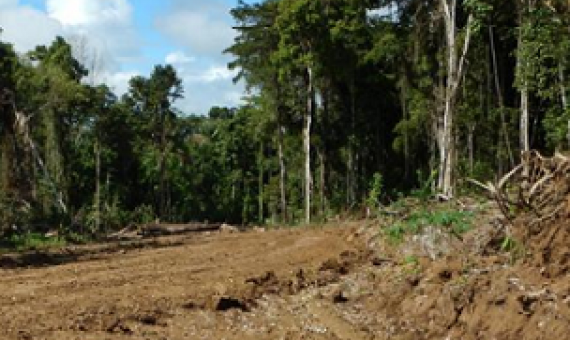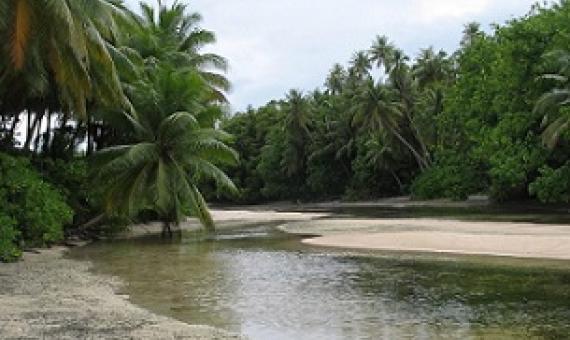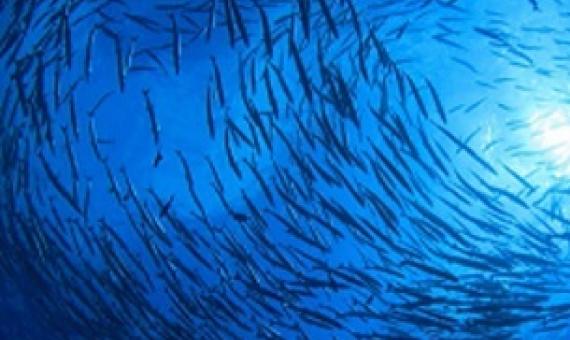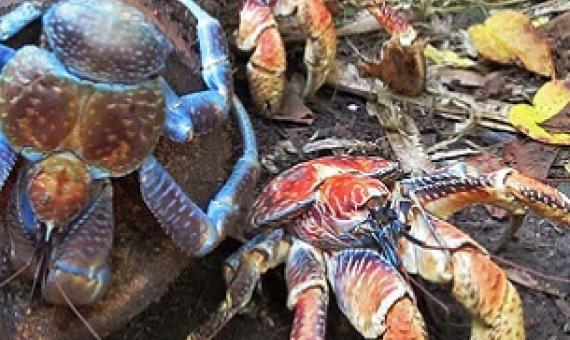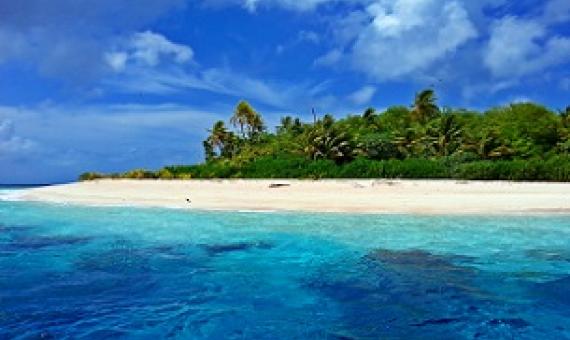A world-first study projects that climate change and land clearing will profoundly change half of the world’s remaining wilderness areas by 2050 unless governments act immediately to protect them. Governments must act now to protect the world’s remaining wilderness areas, which are set to be
Future global biodiversity may be intrinsically linked to the adaptive and resilience capacities of island ecosystems.
Billions of people around the world rely on the ocean for food, income and cultural identity. But climate change, overfishing and habitat destruction are unraveling ocean ecosystems.
Despite being widespread across the Pacific and Indian oceans, coconut crabs are disappearing across their range, according to a new conservation assessment that warns they’re vulnerable to extinction.
Human-caused bird extinctions are driving losses of functional diversity on islands worldwide, and the gaps they leave behind are not being filled by introduced (alien) species, finds a new study led by UCL and University of Gothenburg researchers.
Conservation of Biodiversity in the Pacific Islands of Oceania: Challenges and Opportunities
Pacific Island biodiversity has a notorious record of decline and extinction which continues due to habitat loss and degradation, invasive species, overexploitation, pollution, disease and human-forced climate change. In terrestrial systems, these global and local pressures are more acute because of relatively small land to sea area, high endemism and poor adaptations to resist predation.
Funding for biodiversity is getting some attention at last. In September, nine philanthropic organizations...pledged a total of US$5 billion over a decade towards projects that will help to preserve the richness of Earth’s species.
Scientists’ warning – The outstanding biodiversity of islands is in peril
Despite islands contributing only 6.7% of land surface area, they harbor ~20% of the Earth’s biodiversity, but unfortunately also ~50% of the threatened species and 75% of the known extinctions since the European expansion around the globe. Due to their geological and geographic history and characteristics, islands act simultaneously as cradles of evolutionary diversity and museums of formerly widespread lineages—elements that permit islands to achieve an outstanding endemicity.
Scientists are sounding the alarm. The biodiversity of islands around the world is becoming increasingly threatened, due in large part to habitat loss, overexploitation, invasive species and climate change.
Global decline in capacity of coral reefs to provide ecosystem services
Coral reefs worldwide are facing impacts from climate change, overfishing, habitat destruction, and pollution. The cumulative effect of these impacts on global capacity of coral reefs to provide ecosystem services is unknown. Here, we evaluate global changes in extent of coral reef habitat, coral reef fishery catches and effort, Indigenous consumption of coral reef fishes, and coral-reef-associated biodiversity. Global coverage of living coral has declined by half since the 1950s.

